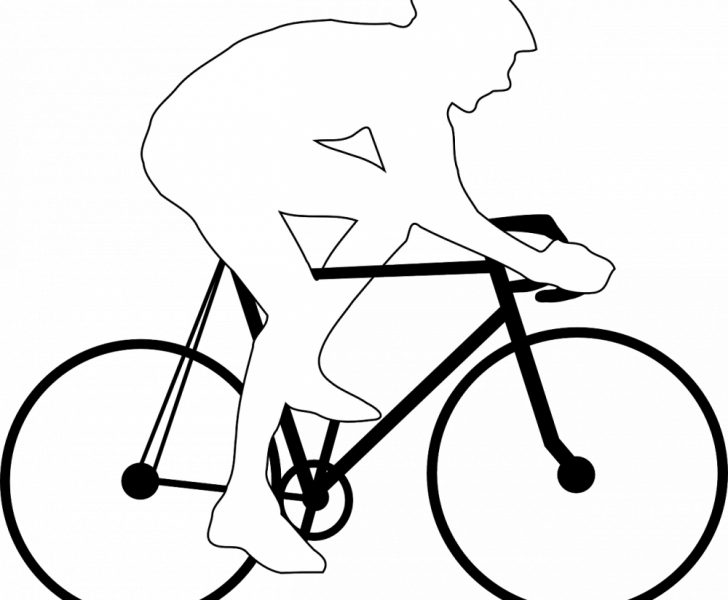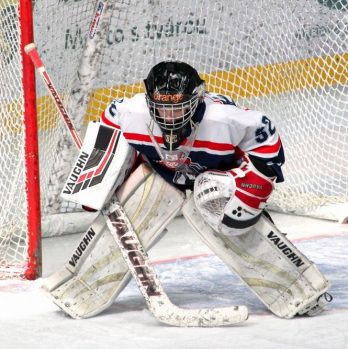Paris-Nice is an iconic cycling race held annually in March, marking the beginning of the European cycling season

It is often referred to as the “Race to the Sun” as it starts in cold and wintry Paris and finishes in the sunny city of Nice on the French Riviera. This article aims to provide a comprehensive overview of Paris-Nice, including its history, significance, and what to expect from this thrilling event.
Introduction to Paris-Nice:
Paris-Nice is a stage race that attracts some of the biggest names in professional road cycling. It consists of eight stages, covering a total distance of around 1,200 kilometers. The race typically lasts for a week, with each stage presenting unique challenges and terrain that tests the riders’ skills, endurance, and tactics. It is organized by Amaury Sport Organisation (ASO) and holds a UCI World Tour classification, making it one of the most prestigious races on the calendar.
Paris-Nice offers a thrilling mix of flat sprints, hilly terrains, and challenging mountain climbs. This diversity provides a well-rounded route that caters to different types of riders and allows for exciting battles throughout the race. The race attracts both sprinters and climbers, as well as all-rounders who can excel in various terrains. It serves as an important early-season test for cyclists aiming to perform well in the grand tours later in the year.
Historical Evolution of Paris-Nice:

Paris-Nice has a rich and storied history, tracing its roots back to 1933 when it was first organized. The race quickly gained popularity and became one of the leading events in the cycling calendar. Its first editions were dominated by French cyclists, showcasing the nation’s strength in road racing. Over the years, it has evolved to become an international affair, attracting riders from all over the world.
In the early years, Paris-Nice was primarily a race for sprinters, with flat stages dominating the route. As the event gained recognition, organizers introduced more challenging terrains, including hilly stages and mountain climbs. The inclusion of these difficult stages added an element of unpredictability to the race, making it more exciting for both riders and spectators.
The race has also witnessed remarkable sporting moments and intense rivalries. Eddy Merckx, one of the sport’s greatest cyclists, holds the record for the most number of victories in Paris-Nice. He won the race a staggering seven times between 1969 and 1975. His dominance in the race cemented his status as one of the legends of cycling. Other notable winners include Sean Kelly, Miguel Indurain, Laurent Jalabert, and more recently, Geraint Thomas.
Structuring the Article for Featured Snippet on Google:
To increase the likelihood of featuring as a snippet on Google, the following bulleted structure is suggested:
1. Introduction to Paris-Nice
– Overview of the race
– Importance and significance in the cycling calendar
– Duration and distance of the race
2. Historical Evolution of Paris-Nice
– Early years dominated by French cyclists
– Internationalization of the race
– Introduction of challenging terrains
– Remarkable sporting moments and rivalries
3. Race Highlights and Memorable Editions
– Eddy Merckx’s dominance
– Notable winners from different eras
– Impact of the race on riders’ careers
4. Exciting Stages and Challenges
– Different terrains and their significance
– Impact on race tactics and strategies
– Key mountain climbs and sprint finishes
5. Cultural and Geographical Attractions
– Route highlights and famous landmarks
– Regions and cities covered during the race
– Influence of French culture in the event
Conclusion:
In conclusion, Paris-Nice is a captivating race that marks the start of the cycling season and sets the stage for an exciting year ahead. Its rich history, challenging terrains, and epic battles make it a must-watch event for sports and leisure enthusiasts alike. With its diverse stages and picturesque route, Paris-Nice showcases the beauty of French landscapes while providing a platform for cyclists to shine. Whether you are a fan of sprinters, climbers, or all-rounders, this race promises relentless excitement and unmissable sporting moments.











